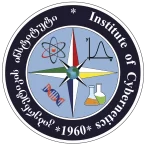NanoComposites Laboratory
Nanocomposites Laboratory









microscope, dna double helix and human cell
NCFluid_Blak
20211118_155113_HDR_2_M
NanoComposites Laboratory
nanocomposite_Lab_resz
NanoComposite Laboratory
Nanocomposite_lab_EHD
NanoComposites Laboratory
NCFluid_1200_533_White
bg-cas-chemistry
magnetic_nanofluid_nano_lab
NanoComposites Laboratory
magnetic nanofluid_nano_lab
NanoComposites Laboratory
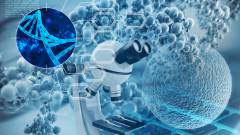



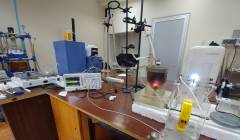

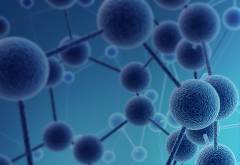
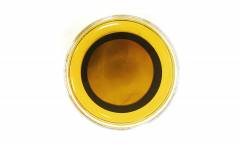

The activity of the laboratory deals with the fundamental problems of synthesis, the study of nanoparticles, organic-inorganic and inorganic nanocomposite materials. Based on these structures, a new generation of functional and structural materials (magnetic nanoparticles for biomedical purposes, graphene oxide, consolidated systems, etc.) is obtained. Obtaining different types of nanocomposite materials is mainly done by chemical co-precipitation, sonochemical, solvothermal, electrochemical, and strip-gel methods.
Main directions of scientific research:
- Synthesis of bio-medical magnetic nanoparticles containing iron oxide nanoparticles by automated continuous technological line by chemical co-deposition method, modification with organic, inorganic molecules;
- Loading/functionalization of iron oxide nanoparticles modified with various surfactants with antitumor drugs;
- Study of physical and chemical properties of nanocomposite materials obtained by chemical co-precipitation synthesis;
- Study of bactericidal and antitumor therapeutic effects of magnetic nanoparticles containing iron oxide nanoparticles modified with various surfactants and loaded with antitumor drugs on in vitro cellular and in vivo animal models.
